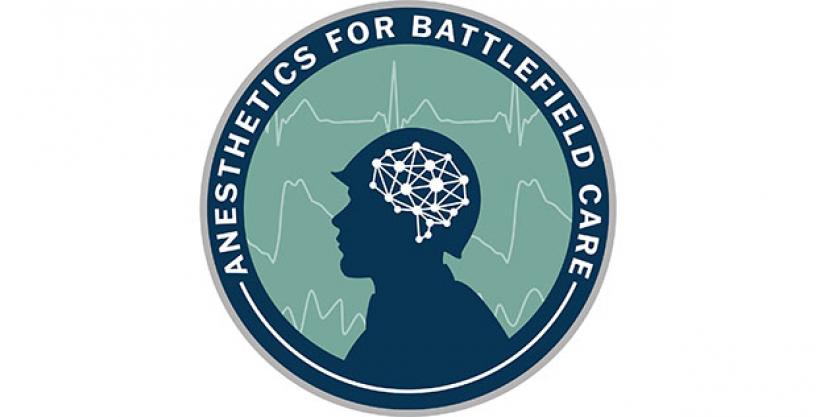DARPA’s Anesthetics for Battlefield Care aims to develop safe, battlefield-ready anesthetics
Jun 12, 2023
Combat anesthesia hasn’t significantly changed since the U.S. Civil War - it can be agonizing, traumatizing, and burdensome for the injured as well as those caring for them. This is due to the fact that no anesthetic compound or cocktail can be used safely outside of a hospital facility. Every anesthetic currently in use has at least one property that renders it problematic on the battlefield, or in the absence of strict vital-sign monitoring, physiological maintenance, and intervention by medical professionals. While the warfighter has access to pain medication, currently there is no option for general anesthesia or sedation that is safe enough to allow for life-saving interventions at the point of injury on the battlefield.
DARPA’s new Anesthetics for Battlefield Care (ABC) program is a fundamental research effort that seeks to produce safe, battlefield-ready anesthetics to reduce the trauma associated with injury and improve combat casualty outcomes. A successful candidate drug would be easy to administer, fast acting, and effective without the need for extensive monitoring and life-support equipment or highly trained medical expertise in traditional hospital setting. The effort aims to develop an anesthetic with a vastly improved safety profile and the combined properties of anesthetic cocktails, such as calming, loss of sensation, loss of consciousness and reduced movement. The program also envisions an anesthetic that general forces could administer to casualties with traumatic injuries on the battlefield, even without specialized training.
To accomplish program goals, DARPA will ask performers to identify novel biological mechanisms of action and new drug compounds and formulations to specifically target the anesthetized state, while leaving blood pressure, cardiac output, and respiratory drive untouched. To do this, the program will tackle the mechanistic underpinnings of anesthesia from the molecular level to the anatomical level. Performers will then develop this novel drug to specifically target these mechanisms, aiming to produce safe anesthesia without drug-induced physiological instability.
“Anesthetics for Battlefield Care is de-risking a problem that while targeted to the U.S. Department of Defense, will be disruptive to all of medicine. It could benefit first response from rural emergency services, to air medical services, all the way to level I trauma centers,” noted Michael Feasel, ABC program manager. “This program seeks to support life-saving interventions to be employed earlier, closer to the point of injury, enabling better outcomes for all patients, whether warfighter or civilian.”
The program includes two phases: The first is a discovery phase, where teams will discover novel targets and mechanisms that are involved in, and contribute to, anesthesia, and to validate those targets. A second phase is focused on the chemistry of making new drugs that work through new means, as uncovered in the discovery phase.
DARPA and any selected performers will work with both independent verification and validation (IV&V) partners as well as regulatory agencies, including the U.S. Food and Drug Administration, to maximize the chances of success and the utility of drugs developed under the program. IV&V partners will be engaged throughout the program, and will be critical in the evaluation of candidate drugs in animal models of trauma near the program’s end.
A Proposers Day is scheduled for June 16, 2023, 2023; details can be found in the Special Notice: DARPA-SN-23-41 at https://sam.gov/opp/6d8334dabd2f4937a25feb5776f897bc/view.
A broad agency announcement solicitation with all program details and instructions for submitting proposals is available on SAM.gov at this link: https://sam.gov/opp/1b6d92cd55fe477eb1d00508b8b2750f/view.

